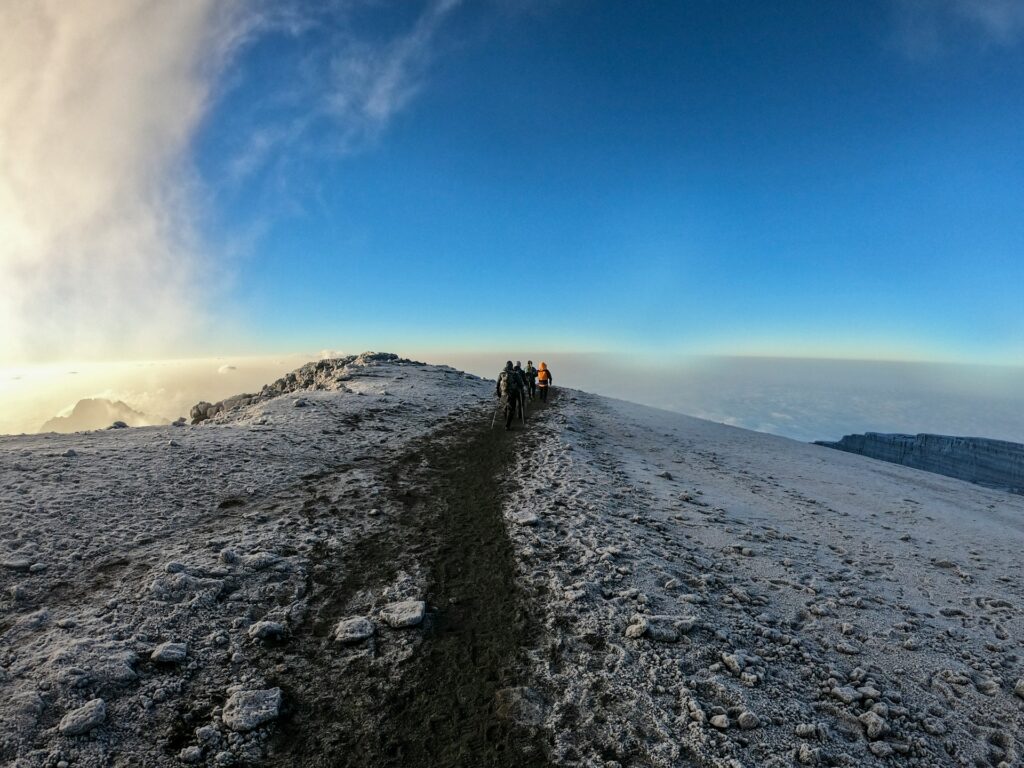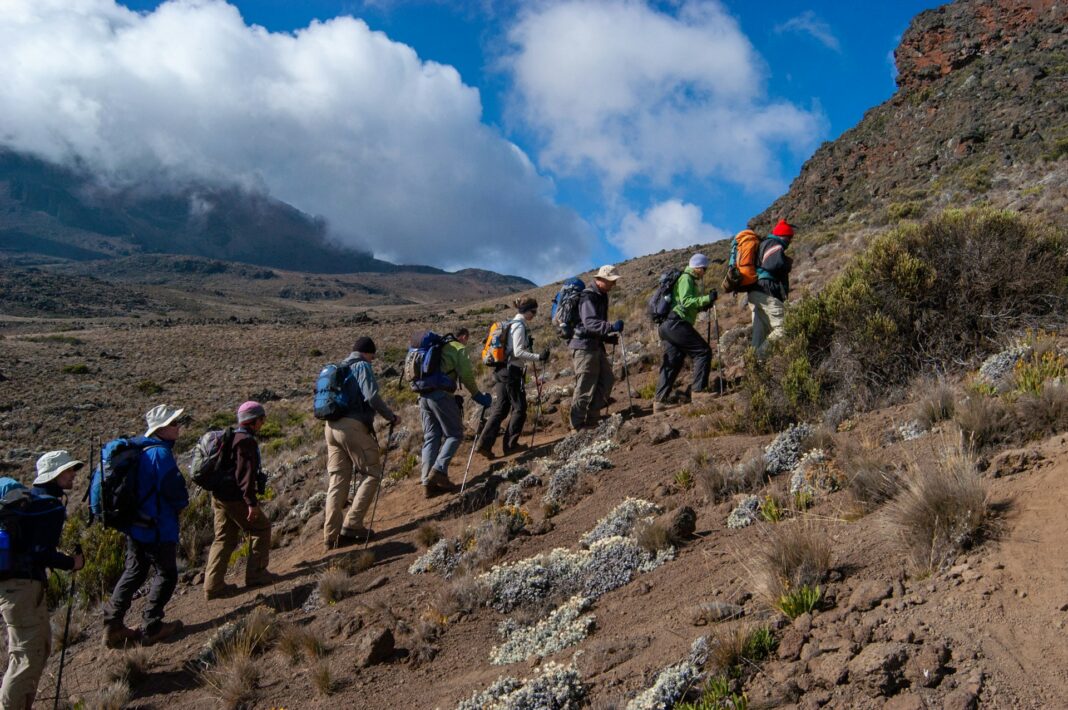UNITED STATES—As a seasoned traveler seeking adventure, I couldn’t resist the allure of Mount Kilimanjaro. This iconic mountain in Tanzania stands at a breathtaking 19,341 feet above sea level, making it the tallest free-standing mountain in the world. Its diverse landscapes, challenging terrain, and rich flora and fauna make it a must-visit destination for any avid explorer. However, climbing Kilimanjaro is not for the faint of heart.
To ensure a successful and fulfilling experience, careful planning and preparation are essential. In this in-depth guide, I’ll share all you need to know before embarking on this epic journey to the “Roof of Africa.”
Introduction to Kilimanjaro:
Before diving into the details, it’s important to understand the basics of Kilimanjaro. This majestic mountain is located in Tanzania, and its diverse ecosystems are a result of its remarkable altitude variations. As you ascend from the lush rainforest at the base to the alpine meadows and glacial summit, you’ll experience a wide range of climates, from hot and humid to sub-zero temperatures.
But Kilimanjaro is not just a geological wonder. It’s also home to unique flora and fauna, such as colobus monkeys, leopards, and rare endemic plants. So keep your eyes open for these remarkable natural wonders as you make your way to the summit.
Budgeting for Your Kilimanjaro Adventure
Now, let’s talk about the practicalities of climbing Kilimanjaro. It’s important to budget carefully for this adventure, as it involves various costs. First and foremost, you’ll need to pay park fees and obtain climbing permits, set by the Tanzanian government to help conserve the natural beauty of Kilimanjaro National Park. These fees can range from $700 to $1,000 or more, depending on factors such as your chosen route and nationality.
Kilimanjaro Park Fees
Next, most climbers opt to go with a reputable Kilimanjaro tour operator, which provides essential services such as guides, accommodations, meals, and transportation. The cost of a tour operator can vary significantly based on your preferences and the route you choose. It’s advisable to set aside approximately $1,000 to $2,000 for budget operators and $4,000 or more for premium operators.
Gear
Proper gear and equipment are crucial for a safe and comfortable Kilimanjaro climb. You may need to invest in hiking boots, warm clothing, waterproof gear, and a sleeping bag, among other things. It’s possible to rent equipment, but it’s recommended to purchase your own for quality and comfort reasons. On average, budget around $500 to $1,000 for gear and equipment.
Tipping
Additional expenses to consider include flights to Tanzania, travel insurance, visas, and tips for your guides and support staff. Budgeting an extra $200 to $500 for these miscellaneous expenses is wise.
Climbing Kilimanjaro Expert Advice
A crucial piece of advice for preparing for a Kilimanjaro climb is to seek expert guidance. Brian James, a climbing specialist at Climbing Kilimanjaro, recommends starting preparations well in advance. He emphasizes the importance of physical fitness, proper gear, and acclimatization. Choosing a reputable tour operator like Climbing Kilimanjaro can also greatly enhance your experience, with their expertise in Kilimanjaro climbs.

It’s also important to stay informed about local regulations, permits, and safety guidelines. Government resources such as TANAPA and the Tanzanian Tourist Board provide valuable information for travelers. Additionally, the US Department of State offers essential safety and security information for U.S. citizens.
How to Prepare to Climb Kilimanjaro
In terms of preparing for the climb, physical fitness is crucial. Regular cardio workouts, hiking, and strength training will prepare your body for the challenges ahead. It’s also important to choose the right route, one that suits your fitness level and interests. Proper acclimatization is also essential, so choose an itinerary that allows for gradual ascent and rest days.
Packing wisely is also key. Pack light, but don’t forget essentials like sunscreen, a first-aid kit, and a headlamp. And last but not least, booking with a reputable tour operator such as Climbing Kilimanjaro will ensure a safe and comfortable experience during your Kilimanjaro trek. You can also include a Tanzania Safari if you have some extra time after the climb. There are safaris from 1 day to 7 +.
Conclusion
In conclusion, climbing Mount Kilimanjaro is a once-in-a-lifetime experience that requires careful planning and preparation. But with determination and the right guidance, reaching the summit of this majestic mountain is an achievable feat. So start your preparations today, and get ready for an unforgettable adventure to the top of the world!






